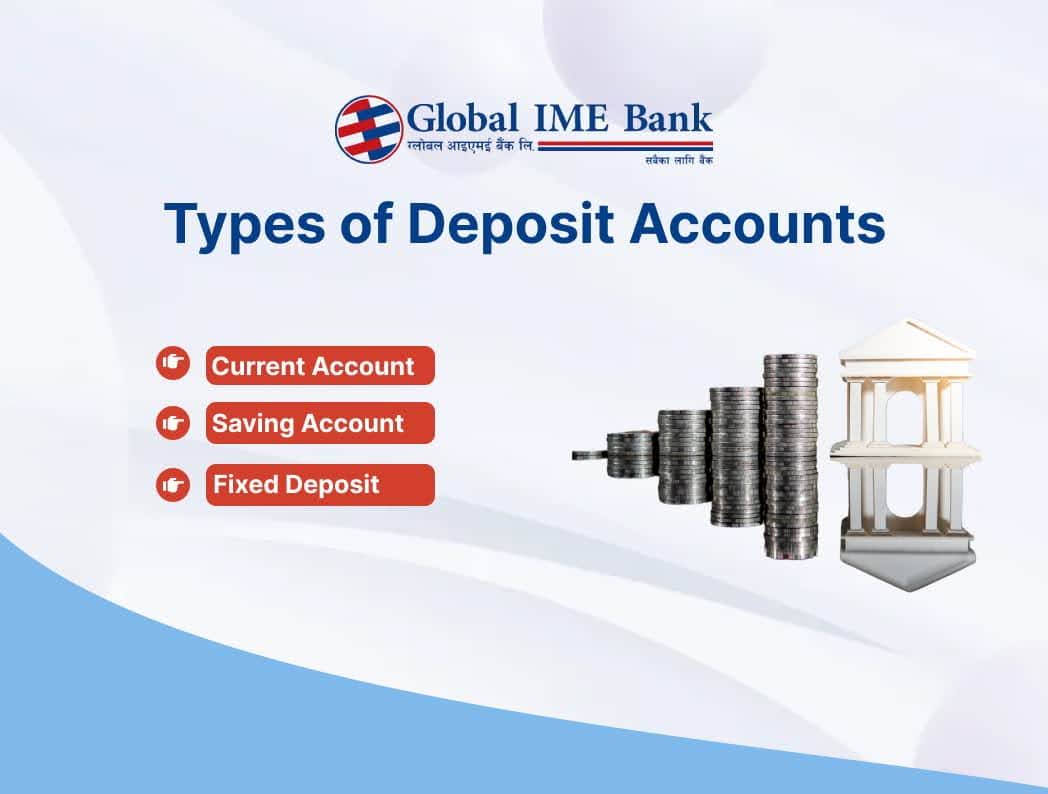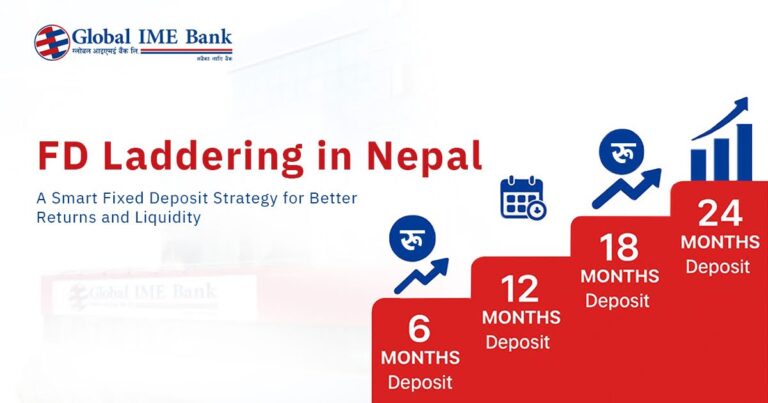Types of Deposit Accounts
There are very distinct types of deposit accounts. Thus, you may not fully know about the differences between them and which suits your needs and requirements. Based on transaction numbers, interest rates and tenure options, there are three different types of accounts that offer convenience, easy and seamless banking facilities. These types of deposit accounts are:
- Current Account
- Saving Account
- Fixed Deposit
Here, we are going into detail about each type including their features and interest rates. This will give you a clear understanding of each type of deposit account and also help in choosing the right one.
Current Account
A current account is designed for people and companies who require regular access to their money. The majority of its usage is for routine business and its regular transactions.
Features of Current Account
- Unlimited Transactions: No restrictions on deposits and withdrawals of funds without any limitations.
- Overdraft Facility: More than your actual fund can be available as an overdraft for short-term needs.
- Non-Interest Bearing: This account offers no interest, as it focuses more on liquidity than returns.
- Additional Services: Free cheque book, internet banking and corporate online banking facility, account statement, etc.
Saving Account
A savings account is a type of deposit account which allows individuals to save money and receive interest at the same time. This account offers the benefit of gradual savings growth over time along with easy access to money.
Features of Saving Account
- Interest Earnings: Offers certain interest rates on deposits.
- Accessibility: Easily accessible through ATMs, online banking and mobile apps.
- Limited Withdrawals: Withdrawal of funds is limited in this account.
- Low Minimum Balance: The account can be opened and maintained with a very minimum balance.
Interest Rates: Saving account interest rates typically range between 3% to 5% per annum, and differ from bank to bank.
Fixed Deposit
A Fixed Deposit account, commonly known as FD, is a type of deposit account in which funds are deposited and locked for a certain timeframe (from several months to years) and gives a higher FD interest rate than other accounts. We’ve written detail article regarding fixed deposit and interest rate in Nepal.
Features of Fixed Deposit
- Guaranteed Returns: Provides constant interest rate that remains fixed throughout the tenure period.
- Flexible Tenure: The tenure period ranges from a few months to many years.
- Penalty for Premature Withdrawal: Withdrawing money early from the set tenure period usually leads to penalties. It is just to promote long-term saving.
- Higher Interest Rates: Offers higher returns than other accounts.
Interest Rates: Interest rate in FD ranges from 6% to 10% annually depending upon banks and financial institutions.
Conclusion
We hope that you are now clear about these three types of deposit accounts, which you tend to hear often but unclear about how one differs from another. Again, choosing between the three is easy. Choose a current account if you want frequent access to your funds for everyday transactions without any interest in return. Choose a savings account if you need a moderate interest rate with easy access. Choose a deposit account if you want higher interest without having access to your fund for a certain time period.






